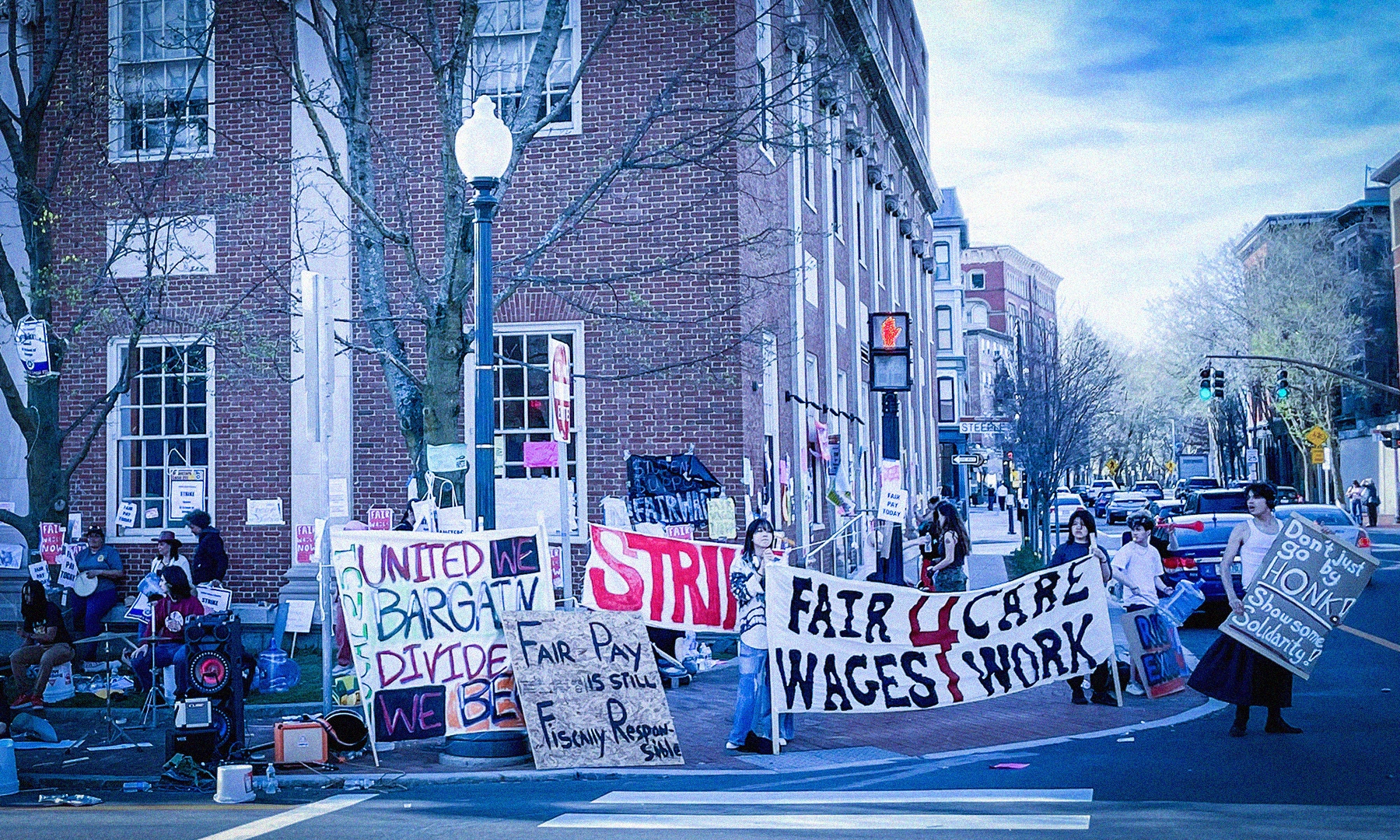Federal Labour Minister Seamus O’Regan’s introduction of Bill C-58, An Act to amend the Canada Labour Code and the Canada Industrial Relations Board Regulations, 2012, has garnered a great deal of attention from unions, business, and labour scholars throughout Canada. It marks the first time in Canadian history where a federal government has introduced a legal ban on the use of scab workers during a labour dispute.
This legal change goes a long way to improving and strengthening good faith bargaining between employers and unions. Anti-scab legislation builds on the institutional reality of Canada’s industrial relations system—in which both parties seek to find an amicable solution to their disputes at the bargaining table and if that fails, economic warfare ensues.
Our content is fiercely open source and we never paywall our website. The support of our community makes this possible.
Make a donation of $35 or more and receive The Monitor magazine for one full year and a donation receipt for the full amount of your gift.
This warfare—strikes and lockouts— is a vital part of the system. A strike (initiated by the union) or a lockout (initiated by the employer) is designed to place pressure on the other side in order to win bargaining demands. For those demands to be met, each side attempts to starve the other side out, in the case of the workers to live without wages and in the case of the employer, at least in theory, to cease production and live without profits.
Canada’s industrial relations system has never really been able to perform this delicate balancing act, primarily because numerous institutional and economic realities allow employers to starve out unions more successfully than workers and their unions. Unions or workers are not powerless in their relations with employers, but their strength is tied to their collective abilities to sustain solidarity against overwhelming odds.
In a capitalist society, employers have always held a structural advantage over workers. Throughout most of Canadian history, workers could not legally organize, collectively bargain, or strike. Policymakers designed laws to empower employers to defeat union drives rather than to support them. And while that changed after the construction of Canada’s modern industrial relations system during World War II, employers continue to have the structural advantage.
During the lead-up to possible strikes or job action, employers remain free to stockpile products, move production, or use management to perform labour. Employers also remain free to use legal instruments such as injunctions to restrict picket line activity. If workers ignore those injunctions, employers are free to call the police to defend their property. In no strike or lockout in documented history have the police ever been called to aid a striking union in their struggle.
And employers continue to hire scabs—or, as human resource marketing began to rebrand them sometime in the early 1940s, replacement workers—except in jurisdictions where doing so is illegal. That’s what Bill C-58 proposes to do.
Enter Anti-Scab Legislation
The use of scab labour has always added tension to a strike or lockout. In fact, when employers bring on scabs, an increase of violence almost always follows on the picket line.
In Quebec, a series of highly violent strikes led to the creation of its anti-scab legislation in 1977. In that bill, the labour-friendly Parti Quebecois led by Rene Levesque, passed the bill to address a series of violent confrontations in the construction sector. In 1993, longstanding hostilities between governments and that province’s labour movement led the NDP government of Mike Harcourt passed its own anti-scab legislation.
At the time in both provinces—just like today, for the federal legislation—employers bitterly opposed the anti-scab laws, claiming they would lead to “imbalance” at the bargaining table, an increase in strikes, and economic chaos. Today, employers make the same arguments.
According to Derrick Hynes, who heads the industry group Federally Regulated Employers, banning scabs “will create an enormous imbalance at collective bargaining tables, incentivizing strike action, with serious negative consequences for Canadians.” Speaking for the Canadian Federation of Independent Business, Jasmin Guenette, claimed that the Bill, “if passed…could prolong the duration of strikes and increase their frequency,” while the Canadian Chamber of Commerce simply concluded that the Bill “proposes to tilt the scales in favour of the labour unions, regardless of the cost to our economy.”
Employers are making these arguments. Is any truth to these claims? Does anti-scab legislation lead to more strikes? A look at the strike data from Quebec and British Columbia tells us a very different story than employer propaganda.
Figure one represents the strike activity in Quebec from 1946 to 2022—the sheer number of strikes that have occurred,not adjusted for population. The red arrow represents the year in which anti-scab legislation was passed. The anti-scab legislation corresponded with some of the highest strike levels in Quebec’s history, which fluctuated for the next several years, and then declined.
Figure 2 represents similar data above but relates to British Columbia. The passage of BC’s anti-scab legislation in 1993 also does not seem to correspond to any noticeable increase in strike activity. In fact, it seems to be the opposite.
What can we garner from this strike information? On the one hand, it is difficult to see any direct correlation between anti-scab legislation and increases or decreases in strike activity.
In Quebec, while strike activity increased briefly, it did so in a period of massive working class unrest fuelled, in part, because of the transitions within Quebec’s economy and the corresponding rise in Quebecois nationalist movement. That movement increased in power in the mid-1980s but then declined after the sovereigntist defeat in the 1995 referendum. The global transition to neoliberalism also weakened Quebec labour unions and their strike activities.
In BC, the NDP’s anti-scab legislation seems to have had no direct impact on strikes—in fact in no year since its passage has strike activity risen above 1993 numbers.
What can we conclude?
Contrary to the statements from the business lobby, there is absolutely no correlation between strike activities by labour unions and anti-scab legislation.
One could equally summarize from the above data that anti-scab legislation leads to less strikes and therefore less violent activity on the picket line.
Yet, that is still not the conclusion I would draw directly. Strikes and lockouts occur for a multitude of reasons, and are related to multitude of factors including the size of the unionized sector, the number of workers in unions, the strength and role of the left inside of trade unions, the consciousness of working class people to enact change through unions, the strength of global capital, labour legislation, the state’s willingness of the state to tolerate strikes rather than end them violently or through legislation, and a host of other factors.
The only conclusion we can be sure of is that there is no evidence correlating anti-scab legislation and strike activity. Business groups that make this case are not doing so based on evidence. Rather, they are making these arguments based on ideology and an outright hostility to workers’ rights to freely associate and to strike.


